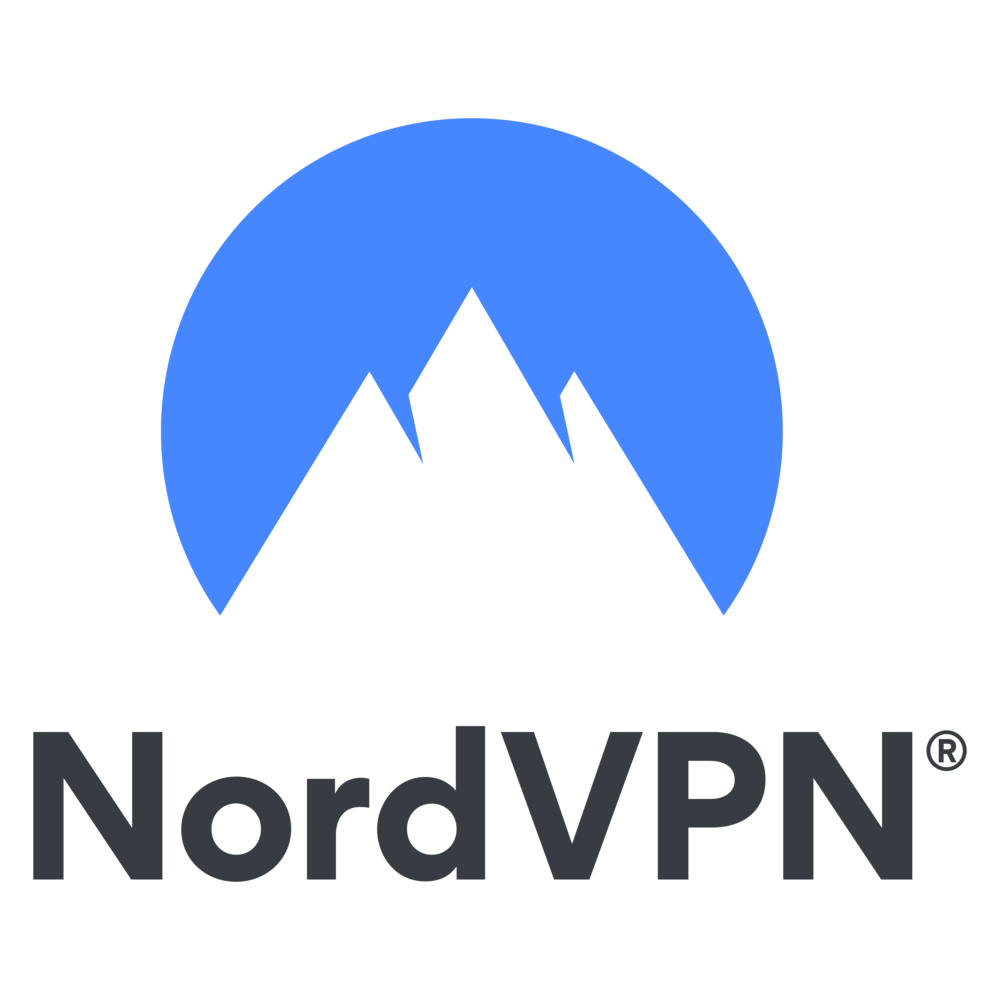
When I set out to implement VPN multi-hop for enhanced security, I prioritize selecting a provider that supports robust encryption and diverse server locations. After logging into my account, I enable the multi-hop feature and strategically choose servers to mask my IP address effectively. This setup not only increases anonymity but also complicates tracking attempts. However, the process doesn’t end there; I regularly test my connection to verify everything functions as intended. Understanding the nuances of this configuration can greatly impact your online privacy. What’s the next step to maximize this security measure?
Understanding VPN Multi-Hop
VPN multi-hop, which routes your internet traffic through multiple servers, greatly enhances privacy and security by adding layers of encryption.
When I use a multi-hop VPN, my data first travels to one server, undergoes encryption, and then gets forwarded to a second server before reaching the final destination. This process makes it considerably harder for anyone to trace my activity back to me.
Each server I connect through provides an additional layer of anonymity, effectively obfuscating my original IP address. I appreciate how this method not only secures my data but also shields me from potential surveillance.
Understanding the mechanics of multi-hop configurations allows me to leverage this technology effectively, ensuring my online presence remains private and secure.
Benefits of Multi-Hop VPN
When I use a multi-hop VPN, I notice significant enhancements in my privacy protection.
By routing my connection through multiple servers, I can improve my anonymity online, making it harder for anyone to trace my activity.
This added layer of security is essential in today’s digital landscape.
Enhanced Privacy Protection
Utilizing a multi-hop VPN greatly enhances my privacy protection by routing my internet traffic through multiple servers, making it more difficult for anyone to trace my online activities. This layered approach not only obscures my IP address but also adds extra encryption to my data, ensuring that my information remains confidential.
Here’s a quick breakdown of the benefits:
| Feature | Description |
|---|---|
| Multiple Servers | Routes traffic through several locations |
| Enhanced Encryption | Adds additional layers of encryption |
| Obfuscated IP | Masks my real IP address |
| Reduced Tracking | Limits ability of third parties to monitor my activity |
| Data Confidentiality | Protects sensitive information from prying eyes |
With these advantages, I’m more secure and confident while traversing the internet.
Improved Anonymity Online
By routing my traffic through multiple servers, I greatly boost my anonymity online, making it much harder for anyone to link my activities back to me. Each server adds another layer of obfuscation; even if one server is compromised, the others remain secure.
This multi-hop configuration masks my IP address multiple times, creating a convoluted path that’s difficult to trace. Additionally, it minimizes the risk of exposure to surveillance, as my data is encrypted at each stage.
I find that this method considerably mitigates risks associated with tracking and profiling, whether by ISPs, hackers, or even government entities. Ultimately, I can surf the web with greater confidence, knowing my digital footprint is effectively hidden from prying eyes.
Choosing the Right VPN Provider
Selecting a VPN provider that supports multi-hop connections is vital for ensuring enhanced security and privacy. I prioritize providers that clearly advertise multi-hop features and offer detailed documentation on their implementation.
It’s important to evaluate their server network; I look for a wide range of servers in different countries to maximize my routing options. Additionally, I check for robust encryption protocols like AES-256 and secure tunneling methods such as OpenVPN or WireGuard.
A transparent privacy policy and a strict no-logs policy are non-negotiable for me. Finally, I read user reviews and expert evaluations to gauge reliability and performance.
Configuring Multi-Hop Settings
Configuring multi-hop settings requires maneuvering through your VPN provider’s interface to establish a secure connection that routes your traffic through multiple servers.
First, I log into my account and navigate to the settings or connection options. Here, I look for the multi-hop or cascading connection feature, which might be labeled differently depending on the provider.
I select my preferred servers for each hop, making sure they’re geographically diverse for enhanced privacy. It’s essential to check the latency and load indicators to maximize performance.
Once I’ve configured the settings, I save changes and initiate the connection.
Keeping track of updates on the interface guarantees I’m always using the best configuration available for peak security.
Testing Your Multi-Hop Connection
Testing the multi-hop connection is essential to ascertain that my data is securely routed through the selected servers without any significant performance issues.
I start by using online speed test tools to measure my connection’s latency, download, and upload speeds across the multi-hop setup. It’s vital to compare these metrics against my regular VPN performance to identify any degradation.
Next, I verify my IP address using an IP checker to confirm it reflects the final server in the hop chain. Additionally, I perform DNS leak tests to validate that my queries remain private.
Troubleshooting Common Issues
Experiencing issues with a multi-hop VPN setup can be frustrating, but identifying and resolving common problems can restore ideal performance and security. I’ve encountered several typical issues, and here’s what I’ve found helpful:
Connection Drops: Check server availability and switch to a different node if needed.
Slow Speeds: Test each hop individually to identify bottlenecks.
Incompatible Protocols: Confirm both servers support the same VPN protocols.
DNS Leaks: Use a DNS leak test tool to verify your DNS settings.
Authentication Failures: Double-check your login credentials and encryption settings.
Best Practices for Online Security
Maintaining robust online security requires a proactive approach that includes using strong passwords, enabling two-factor authentication, and regularly updating software.
I always guarantee my passwords are complex, combining letters, numbers, and symbols, and I change them periodically. Using a password manager helps me generate and store them securely.
Two-factor authentication adds an extra layer of protection, so I implement it on all sensitive accounts.
Regular software updates are vital as they patch vulnerabilities that hackers exploit. I also avoid public Wi-Fi for sensitive transactions, opting for a VPN instead.
Wrapping Up
In summary, implementing a VPN multi-hop connection greatly enhances your online security and anonymity.
By carefully selecting a reliable VPN provider, properly configuring your settings, and regularly testing your connection, you’re taking essential steps to safeguard your data.
Remember to choose geographically diverse servers for each hop to maximize protection.
With these measures in place, you can confidently navigate the internet, knowing your privacy is well-guarded against potential threats.
Always stay vigilant and prioritize your online safety.
